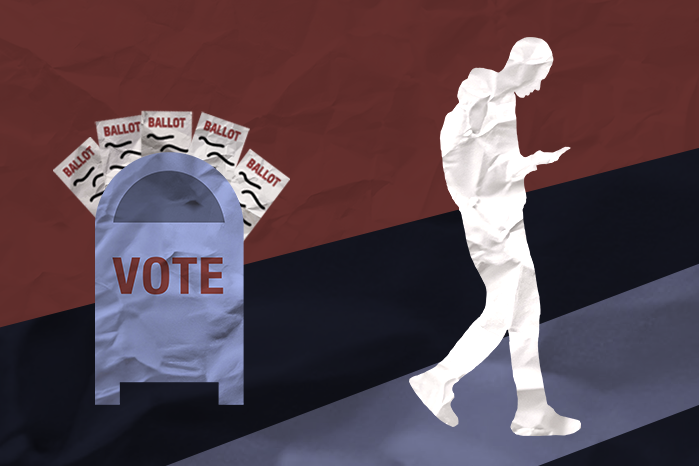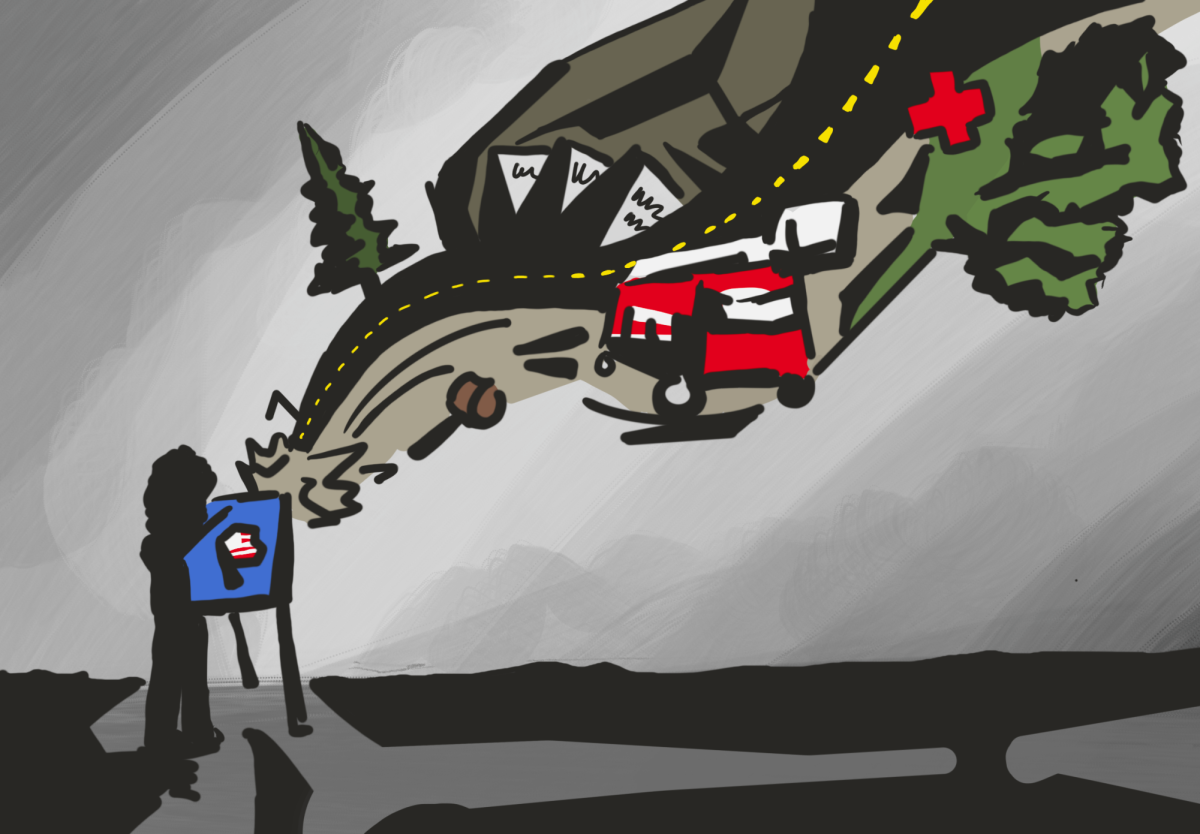Emotional intelligence is defined as “the ability to monitor one’s own and other people’s emotions,” according to Andrew M. Colman’s “A Dictionary of Psychology.”
Eric Machan Howd, assistant professor in the Department of Writing, traveled to Ireland over fall break to present his research on emotional intelligence at the Association of Business Communication’s annual conference. Opinion Editor Meaghan McElroy spoke with Machan Howd about emotional intelligence, its application in the classroom and how technology impacts emotional intelligence.
This interview has been edited for length and clarity.
Meaghan McElroy: I read that you research emotional intelligence and how that pertains to instruction in the classroom. Can you tell me a little bit about what that means?
Eric Machan Howd: Emotional intelligence is a concept that’s been around for a while in businesses and companies. It’s essentially being self-aware of oneself, being able to self-manage oneself and be aware of others, and manage relationships with others. The reason I’ve been researching it is because I feel that, overall, our culture has been so reliant on different forms of technologies that we’re starting to lose the human factor in our relationships with one another. So emotional intelligence is really something I’m trying to bring into my teaching, to bring back some of those soft skills that all of us have weakened because of technology.
MM: Some subject matters, like writing, seem kind of easier to integrate with emotional intelligence. But with other subjects, like math or other STEM fields, it doesn’t seem so obvious. How do you suggest we integrate emotional intelligence into that, or how is it done?
EMH: I think most fields nowadays have some form of collaboration that needs to happen — not only in the classroom, but also on the job and in those careers. I think a very important way to fit in emotional intelligence would be for any kind of preparation for collaborative work that one may be having in the class. So I can see in the field of math or engineering, or any other STEM field for that matter … you have to know who your team members are. You can’t just go in cold, so I think bringing in that team charter work and some other aspects can help increase the [emotional intelligence] of those folks as well. I also think case scenarios and case studies are another great way of bringing
that in.
MM: How exactly did you first get involved with this area of research?
EMH: I’d been an adjunct at Ithaca College for a long time, and I just got this job. Prior to this full-time work, I spent 17 years as a director of instructional design, so research on teaching pedagogies is a part of that job because I’m constantly helping faculty by introducing new concepts in teaching as an instructional designer. I came across this topic when I was directing instructional design at Binghamton University … and the SUNY system started a whole area of mindfulness practices, and part of that included emotional intelligence. The emotional intelligence side just rang a chord with me, in terms of my own educational practice, as something that made a connection. … By the time I came here, I came with a wealth of resources behind me that I’d already vetted.
MM: It seems like the trend is that technology is becoming more and more integrated into people’s lives. What do you think the future of emotional intelligence research and application will look like?
EMH: I can see it going in at least two, or maybe a combo of the two, different ways. I can see emotional intelligence helping to inform more people to be fluent and savvy with their use of technology, rather than their being … the only word I can think of is mindless, because we always do this. I think the research may eventually get to a point where we suggest people take a break from it and use the technology for its technology purpose. I think the other way it can go, and this is why I said maybe it’s a combo of these two, is there may be ways where emotional intelligence can come through technology, because we do have emotions that can be shown through technology. … Perhaps it will be a little bit
of both.














